45 properties of water worksheet
› userfiles › 557Physical and Chemical Changes Worksheet - Winton Woods 3. Evaporation occurs when liquid water changes into a gas. 4. Evaporation is a physical change. 5. Burning wood is a physical change. 6. Combining hydrogen and oxygen to make water is a physical change. 7. Breaking up concrete is a physical change. 8. Sand being washed out to sea from the beach is a chemical change. 9. phet.colorado.edu › en › simulationStates of Matter - Atomic Bonding | Interaction ... - PhET Watch different types of molecules form a solid, liquid, or gas. Add or remove heat and watch the phase change. Change the temperature or volume of a container and see a pressure-temperature diagram respond in real time. Relate the interaction potential to the forces between molecules.
study.com › academy › practiceQuiz & Worksheet - Properties of Water | Study.com About This Quiz & Worksheet. Focusing on how water wants to behave in any one condition, this quiz and corresponding worksheet will gauge your knowledge of the properties of water.

Properties of water worksheet
nap.nationalacademies.org › read › 131657 Dimension 3: Disciplinary Core Ideas - Earth and Space ... Most fresh water is in glaciers or underground; only a tiny fraction is in streams, lakes, wetlands, and the atmosphere. By the end of grade 8. Water continually cycles among land, ocean, and atmosphere via transpiration, evaporation, condensation and crystallization, and precipitation as well as downhill flows on land. › biology › structure-and-properties-ofStructure and Properties of Water - CK-12 Foundation Sep 03, 2013 · The arrangement of atoms in a water molecule, shown in Figure below, explains many of water’s chemical properties. In each water molecule, the nucleus of the oxygen atom (with 8 positively charged protons) attracts electrons much more strongly than do the hydrogen nuclei (with only one positively charged proton). This results in a negative ... en.wikipedia.org › wiki › WaterWater - Wikipedia Water (H 2 O) is a polar inorganic compound.At room temperature it is a tasteless and odorless liquid, nearly colorless with a hint of blue.This simplest hydrogen chalcogenide is by far the most studied chemical compound and is described as the "universal solvent" for its ability to dissolve many substances.
Properties of water worksheet. › special-topics › water-science-schoolFacts About Water | U.S. Geological Survey Jun 08, 2018 · • Water Science School HOME • Water Basics topics • Water Properties topics • Water numbers. Some of water's physical properties: Weight: 61.998 pounds/cubic foot at 100°F; 993 kilograms/cubic meter; Weight: 8.33 pounds/gallon; 1 kilogram/liter; Density: 1 gram/cubic centimeter (cc) at 39.2°F, 0.95865 gram/cc at 212°F en.wikipedia.org › wiki › WaterWater - Wikipedia Water (H 2 O) is a polar inorganic compound.At room temperature it is a tasteless and odorless liquid, nearly colorless with a hint of blue.This simplest hydrogen chalcogenide is by far the most studied chemical compound and is described as the "universal solvent" for its ability to dissolve many substances. › biology › structure-and-properties-ofStructure and Properties of Water - CK-12 Foundation Sep 03, 2013 · The arrangement of atoms in a water molecule, shown in Figure below, explains many of water’s chemical properties. In each water molecule, the nucleus of the oxygen atom (with 8 positively charged protons) attracts electrons much more strongly than do the hydrogen nuclei (with only one positively charged proton). This results in a negative ... nap.nationalacademies.org › read › 131657 Dimension 3: Disciplinary Core Ideas - Earth and Space ... Most fresh water is in glaciers or underground; only a tiny fraction is in streams, lakes, wetlands, and the atmosphere. By the end of grade 8. Water continually cycles among land, ocean, and atmosphere via transpiration, evaporation, condensation and crystallization, and precipitation as well as downhill flows on land.




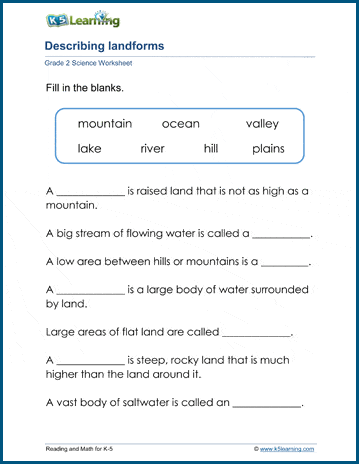
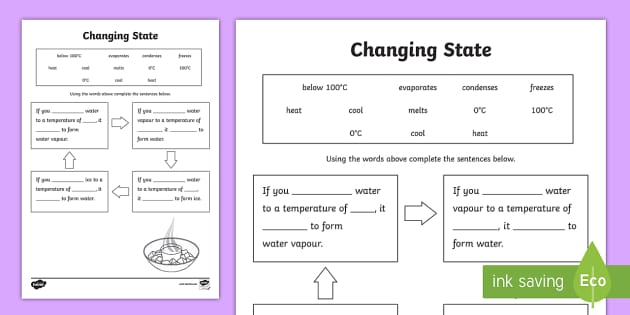
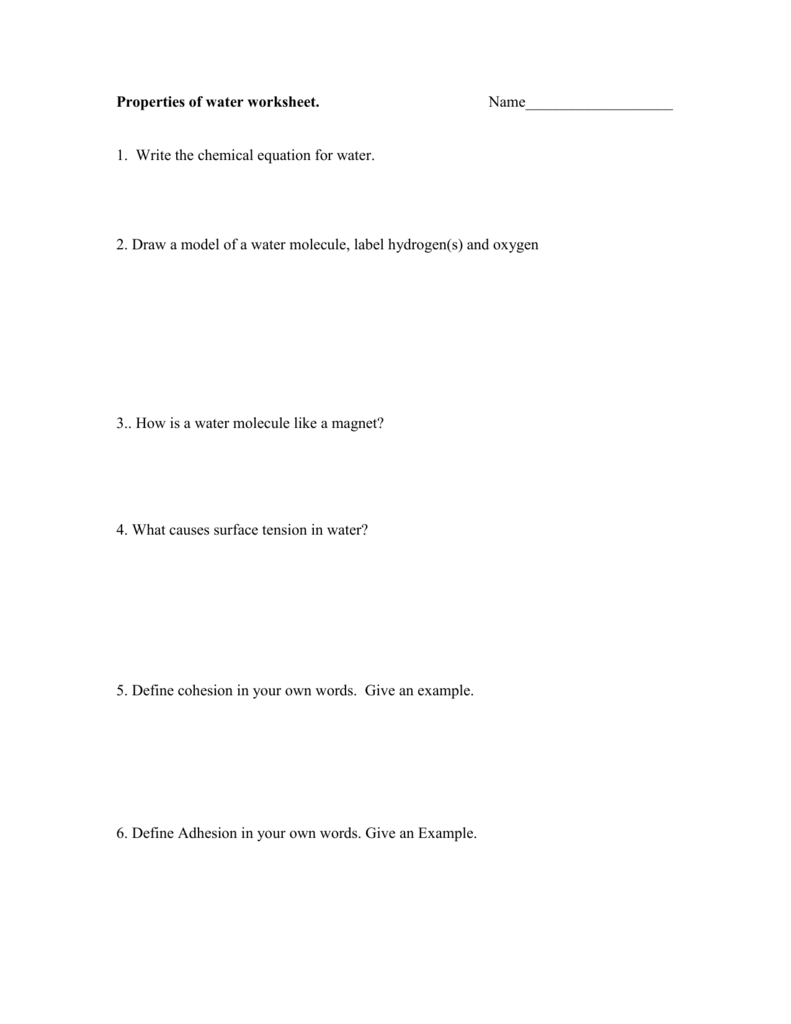





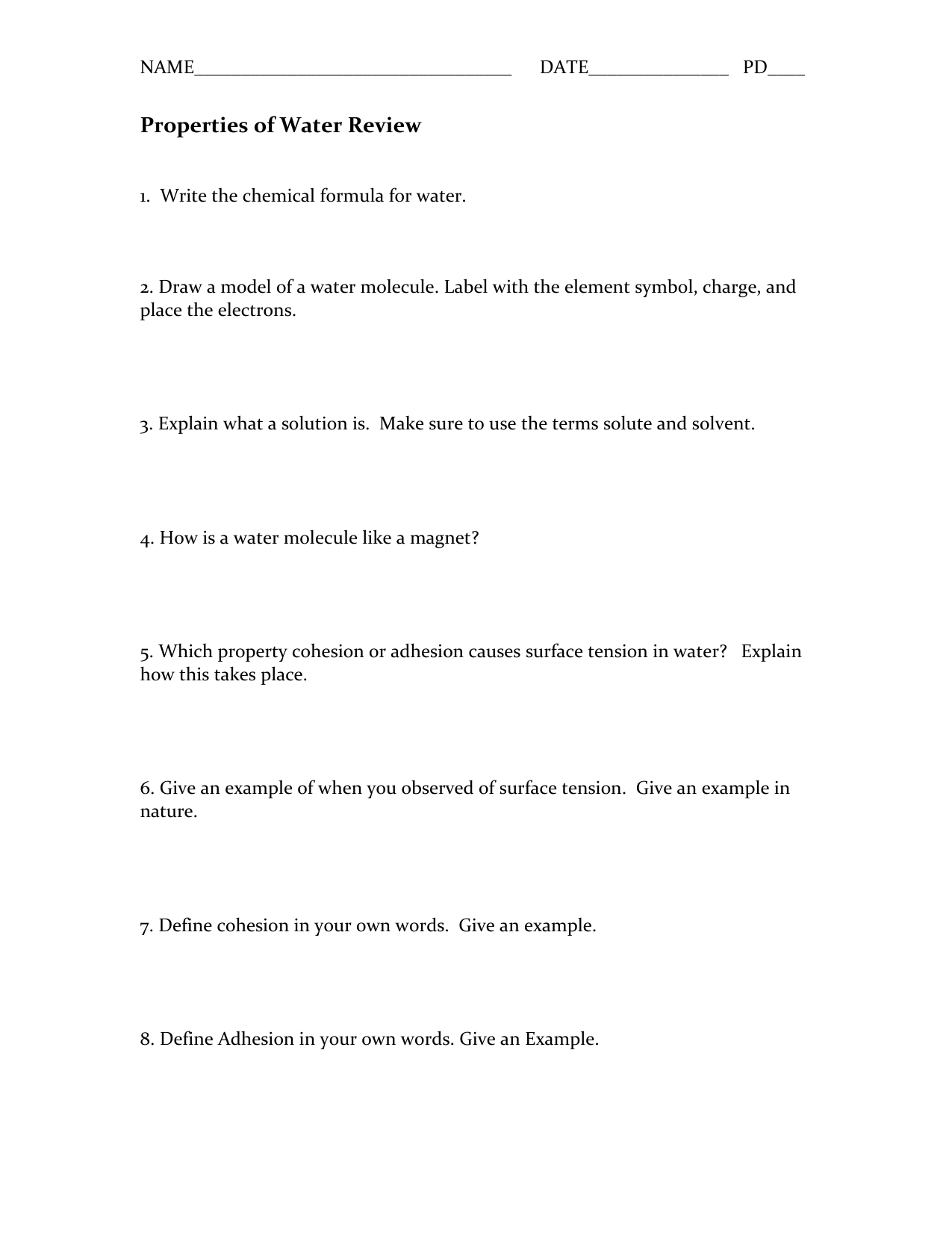
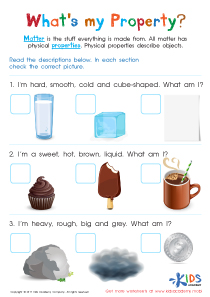


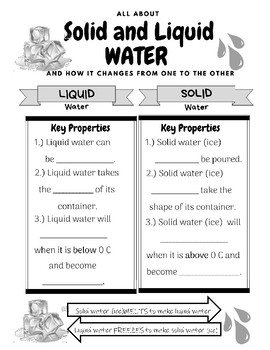
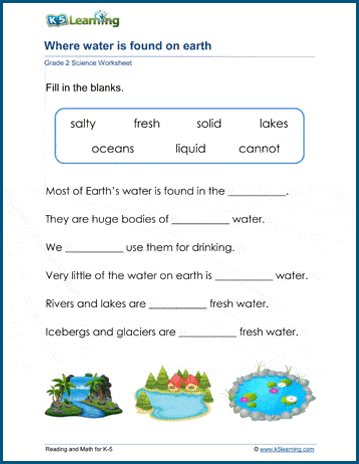






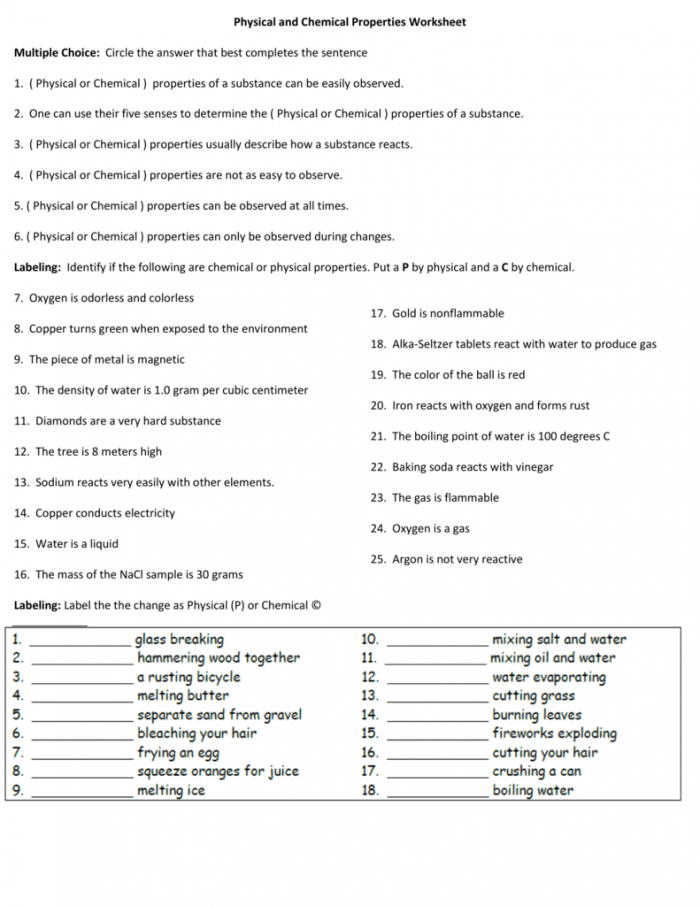
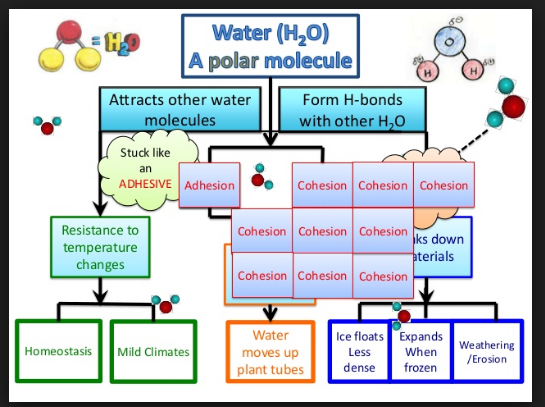


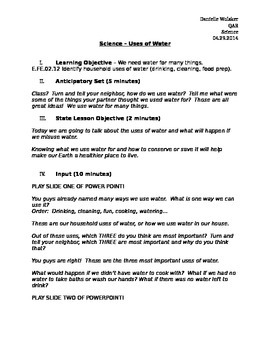
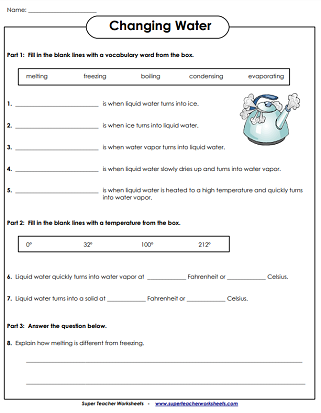
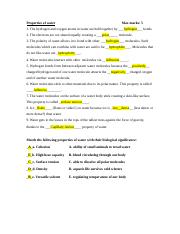
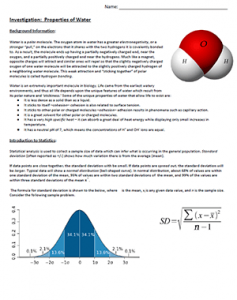




0 Response to "45 properties of water worksheet"
Post a Comment